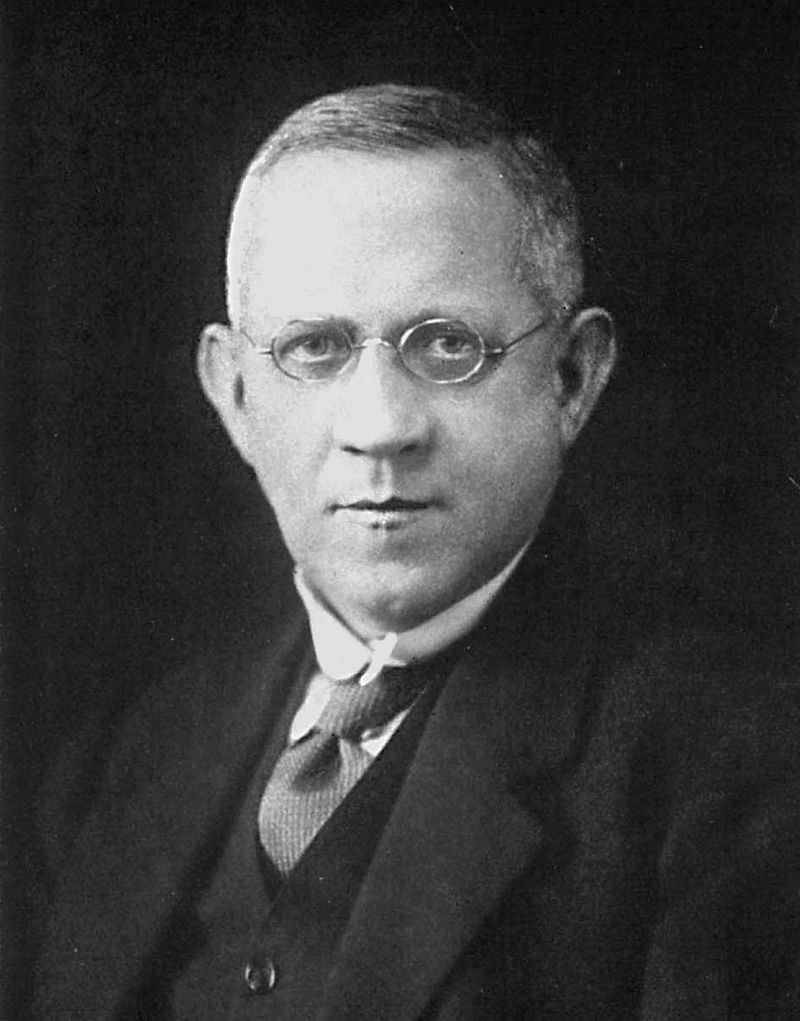Difference Between Alkalinity and Basicity
Key Difference – Alkalinity vs. Basicity
The two terms “alkalinity” and “basicity” are quite confusing. Most of the people know that there is a difference between these two parameters, but only a few of them are able to define it correctly. The key difference between these two terms is best explained in their definitions. Basicity is a measure that directly depends on the pH scale and alkalinity is how much acid is needed to lower the pH into a significant acid value; it is also known as the buffering capacity of a water body. In other words, the pH value of basic solutions varies from 7-14; where the solutions with high pH values are more basic. Both of them have several definitions, but the general idea is similar.
What is Alkalinity?
Alkalinity is one of the most important parameters in aquatic bodies, and it is very essential to the aquatic organisms. Alkalinity measures the ability of water bodies to neutralize acids and bases. In other words, it is the buffering capacity of a water body to maintain the pH value at a fairly stable value. Water containing bicarbonates (HCO3–), carbonates (CO32-) and hydroxides (OH–) is a good buffer; they can combine with H+ ions in water to raise the pH (becomes more basic) of the water. When alkalinity is too low (buffering capacity is low), any acid added to the water body lower its pH to a higher acidic value.

Difference Between Alkalinity and Basicity 1
Basicity is a property of bases, measured in pH scale. Bases are the compounds containing pH above 7; from pH=8 (less basic) to pH=18 (more basic). Basicity of a compound can be defined in three different ways. According to Arrhenius theory, bases are the substances that dissociate in aqueous medium producing OH– ions. In Bronsted-Lowry theory, proton acceptors are called bases. According to Lewis theory, an electron pair donor is called a base. Basicity is the strength ionization to produce OH– ions, ability to accept protons or ability to donate electrons.

What is the difference between Alkalinity and Basicity?
Definition of Alkalinity and Basicity:
Alkalinity: Several definitions are there.
Alkalinity is the acid neutralizing capacity of solutes in a water sample measured in milliequivalents per liter.
The sum of titratable carbonate and noncarbonate chemical species in a filtered water sample.
The capacity of water to neutralize an acid solution.
The buffering capacity of water to maintain a fairly stable pH, without altering its pH value, when acid is added.
Basicity: Three theories are used to define acidity and basicity.
Arrenhius: Bases are the species who ionize to produce OH– in water. Basicity increases as they ionize more, giving OH– in water.
Bronsted-Lowry: Proton (H+) acceptors are called bases.
Lewis: Electron pair donors are called bases.
Factors Affecting Alkalinity and Basicity:
Alkalinity: Alkalinity does not depend on the pH value; water bodies can have either lower (highly acidic) or higher (basic) pH value with a higher value for alkalinity. Alkalinity is determined by several factors such as rocks, soil, salts and certain industrial activities (waste water containing soap and detergents are alkaline) by man. For example, the areas where limestone (CaCO3) is significantly available can have more alkaline water.
Basicity: Factors affecting the basicity of a compound vary depending on the definition of the basicity. For example, electron pair availability of a base depends on three factors.
Electronegativity: CH3- > NH2- > HO- > F-
When considering the atoms in the same row in the periodic table, the most electronegative atom has the higher basicity.
Size: F- > Cl- > Br- > I-
When considering a row of the periodic table, the larger the atom has the less electron density and it is less basic.
Resonance: RO- >RCO2-
Molecules having more resonance structures are less basic, since the less electron availability than a localized negative charge.
Image Courtesy:
1. “WOA05 GLODAP pd ALK AYool” by Plumbago – Own work. [CC BY-SA 3.0] via Commons
2. “Thomas Martin Lowry2” by Anonymous – Obituary by the Faraday Soc. (1936). [Public Domain] via Commons
ncG1vNJzZmivp6x7pbXFn5yrnZ6YsqOx07CcnqZemLyue8OinZ%2Bdopq7pLGMm5ytr5Wau26ty6SYpaGensG6ecCnm2auo2Kvor%2FInKCtsV8%3D